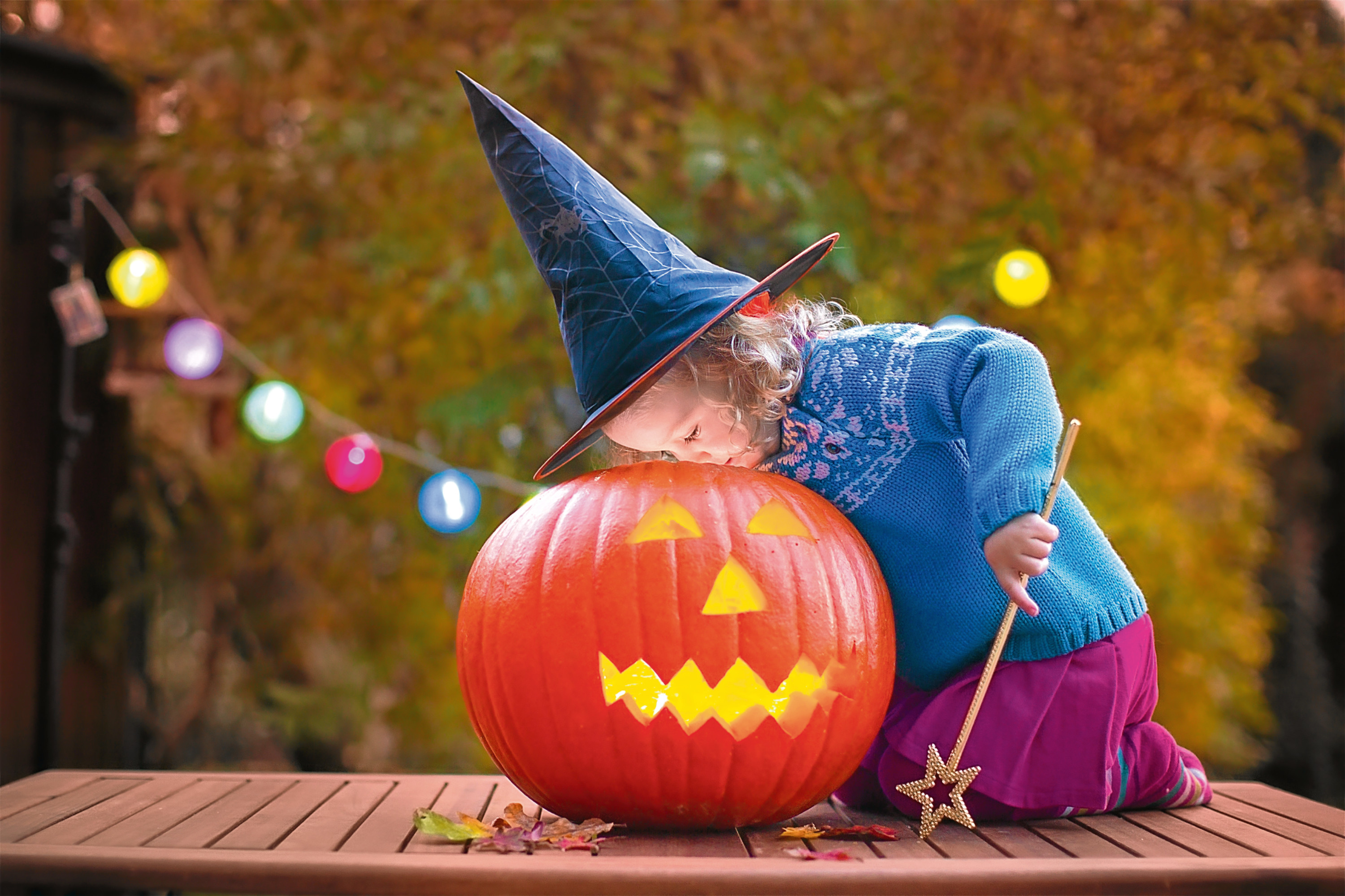
Pumpkins have been flying off the shelves as children prepare for Halloween.
But if you think these ghastly goings-on were imported from the US, think again – it all started here.
Dr Thomas McKean, a folklorist at the University of Aberdeen, told Sally McDonald the Honest Truth about Halloween.
What are the origins of Halloween?
Halloween sprang from the Celtic festival of Samhain. It is very old – some aspects pre-date Christianity. It was believed that at that time of year the boundary between the living and the dead was thin and permeable.
It was all about remembering and commemorating the dead. It also confronted death with humour and ridicule, to help keep that “other world” at bay.
Why is Halloween celebrated on the evening of the last day of October?
The festival marks the Celtic New Year. Celts in Scotland and Ireland traditionally marked the beginning of major festivals at sundown, a practice noted by Julius Caesar around 50BC in the Gallic Wars.
Is Halloween linked to devil worship?
Not really, that’s a latter-day idea, but it was about the worship of pre-Christian deities.
The rise of Christianity led to many attempts by the Church to appropriate the festival from the 7th Century onwards.
It was easier, and more effective, to subsume existing customs into Christianity rather than try to stamp them out.
This is where we get All Saints’ Day (November 1), or All Hallows’ Day, as it was called, hallow being an older word for saint. Halloween, a relatively new name, means the evening before All Hallows’ Day.
All Souls’ Day followed, but Halloween’s pre-Christian roots have hung on with tenacity.
What is the relevance of carving a turnip or pumpkin?
In Scotland and Ireland, people fashioned skulls out of turnips to symbolise and remember the dead – the purple in the turnip is linked to death and the other world.
The neepie lantern might also be connected to an old tale in which Jack (maybe the origin of the term Jack o’ Lantern) is caught between the world of the living and the dead.
In America, pumpkins were used instead because they are more plentiful and a lot easier to carve, as well as being bigger.
How did guising come about?
Guising is all about disguise. On Halloween, when it was believed that spirits could walk among the living, people dressed up to protect themselves.
If a spirit came looking for you, it might not recognise you.
Guising door-to-door was also a way of building social bonds and relieving community tensions.
The tradition has carried on strongly in Ireland and Shetland, as well as Scandinavia and Newfoundland, mostly at New Year, but also to an extent on Halloween.
How did Halloween cross to America?
The late 1700s to 1850s saw the biggest migration of Scots and Irish to the USA. They took their traditions with them.
Some 1900s American Halloween cards show Scots thistles and tartans and guising has been a custom in the USA since 1911.
The first reference to trick or treat that I know of was in Alberta, Canada, in 1927.
Is trick or treat in Scotland then a new, transatlantic phenomenon?
The notion of doing something for a treat has been going on in Scotland for at least 400 years. Traditional plays, which involved children and adults, would be performed.
Latterly, these have changed to songs or poems. If a reward wasn’t given, people might find their windows painted black so that they didn’t wake in the morning, their farm gates might have been stolen or they might find their plough had been put on the rooftop.
Halloween and its customs are fully rooted in the Celtic world, though they’ve been to America and back.
READ MORE
It’s not just humans preparing for Halloween – dogs are dressing up too!
Have a meal with a difference this Halloween with these spooky fish recipes

Enjoy the convenience of having The Sunday Post delivered as a digital ePaper straight to your smartphone, tablet or computer.
Subscribe for only £5.49 a month and enjoy all the benefits of the printed paper as a digital replica.
Subscribe